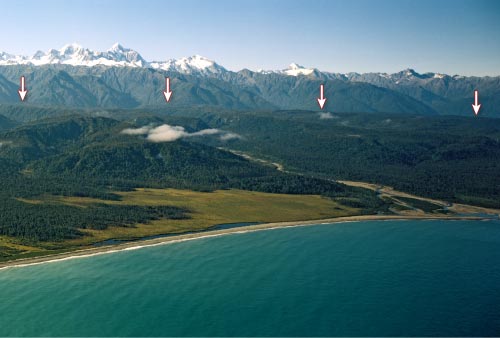First post! Alright, here’s goes nothing:
My first assignment sends me to west of Vancouver, Canada, to Explorer Ridge. This is a divergent boundary, and guess what? It’s underwater. So, that means I got to get all this swim gear on and go swimming with weird little fishies.
Explorer Ridge is the divergent tectonic plate boundary between the Explorer Plate and the Pacific Plate. It has a rift valley along the length of it, where the plates are moving apart. Magma rises to fill the gap, and cools to create new seafloor.
In the Southern Explorer Ridge there’s plenty of hydrothermal activity, too. Magic Mountain, a hydrothermal vent, formed sulfur deposits. All that sulfur must’ve affected the marine life there, because it was just swarming with strange little critters.
The hydrothermal vents also create these types of sulfide “pillow lavas”:
This ridge is also seismically active: most activity recorded here was on the Explorer Transform Fault Zone.
I enjoyed seeing the rifts and the Ridge, looking at the result of a Divergent Plate Boundary, and seeing the rock formations formed from this result. On this trip, I got to dive and even go down in a small submarine!
Diagram of the depths of Explorer Ridge:
DETAILS DETAILS DETAILS:
If you want to know the minute details, Explorer Ridge is located off the coast of North America, off the west coast of Canada, from the latitude of 49 00°N – 50 20°N and a longitude of 130 00°W – 131 00°W.
If you ever want to get there, I suggest plugging in the location above, turning west off of Vancouver Island, and swimming to your destination.
-Carly



















